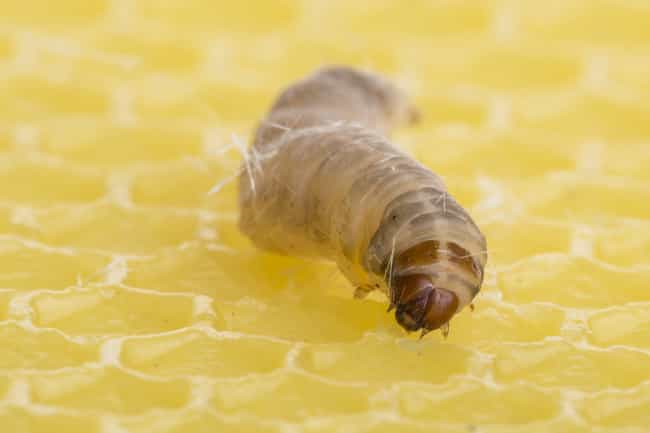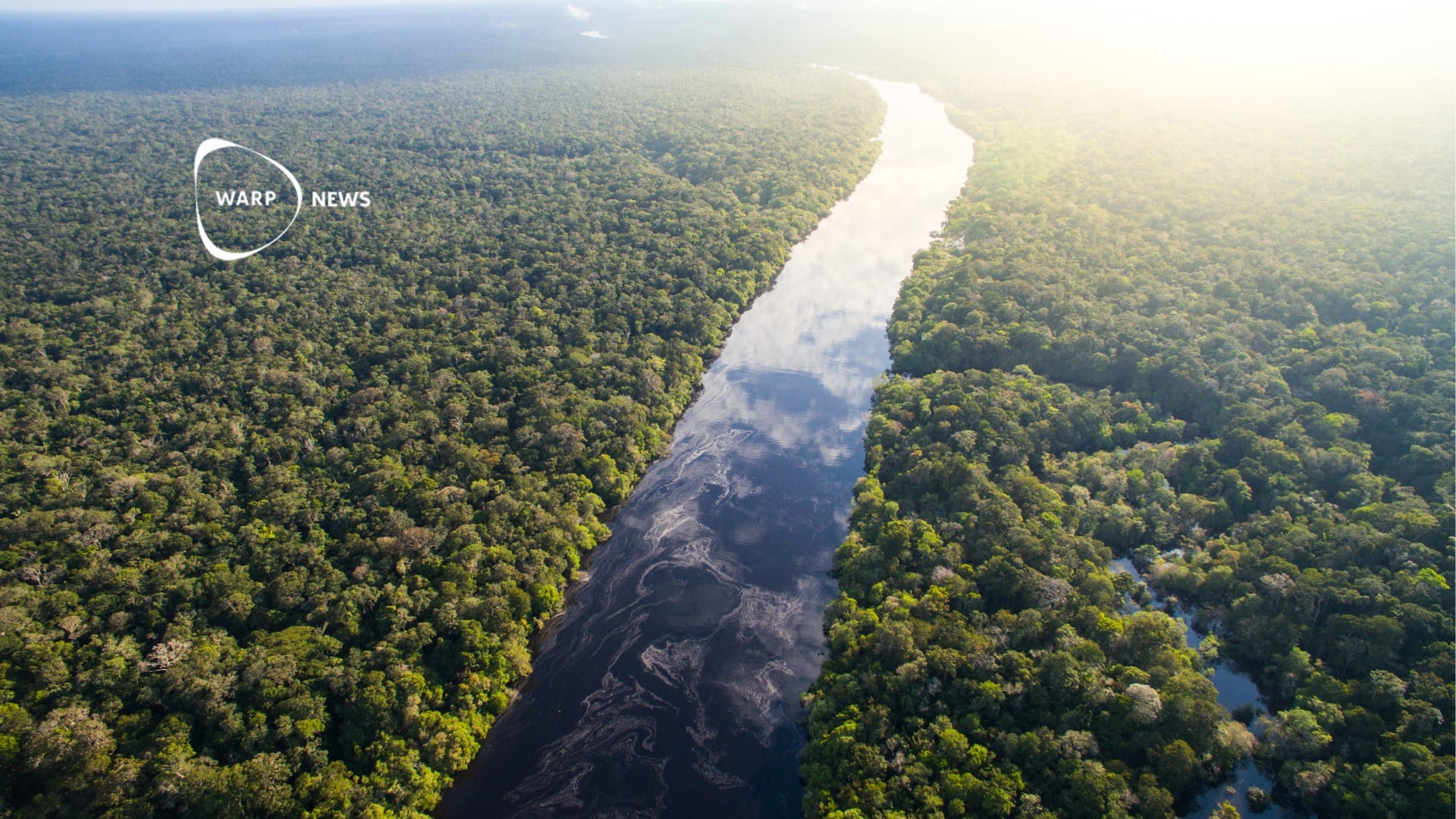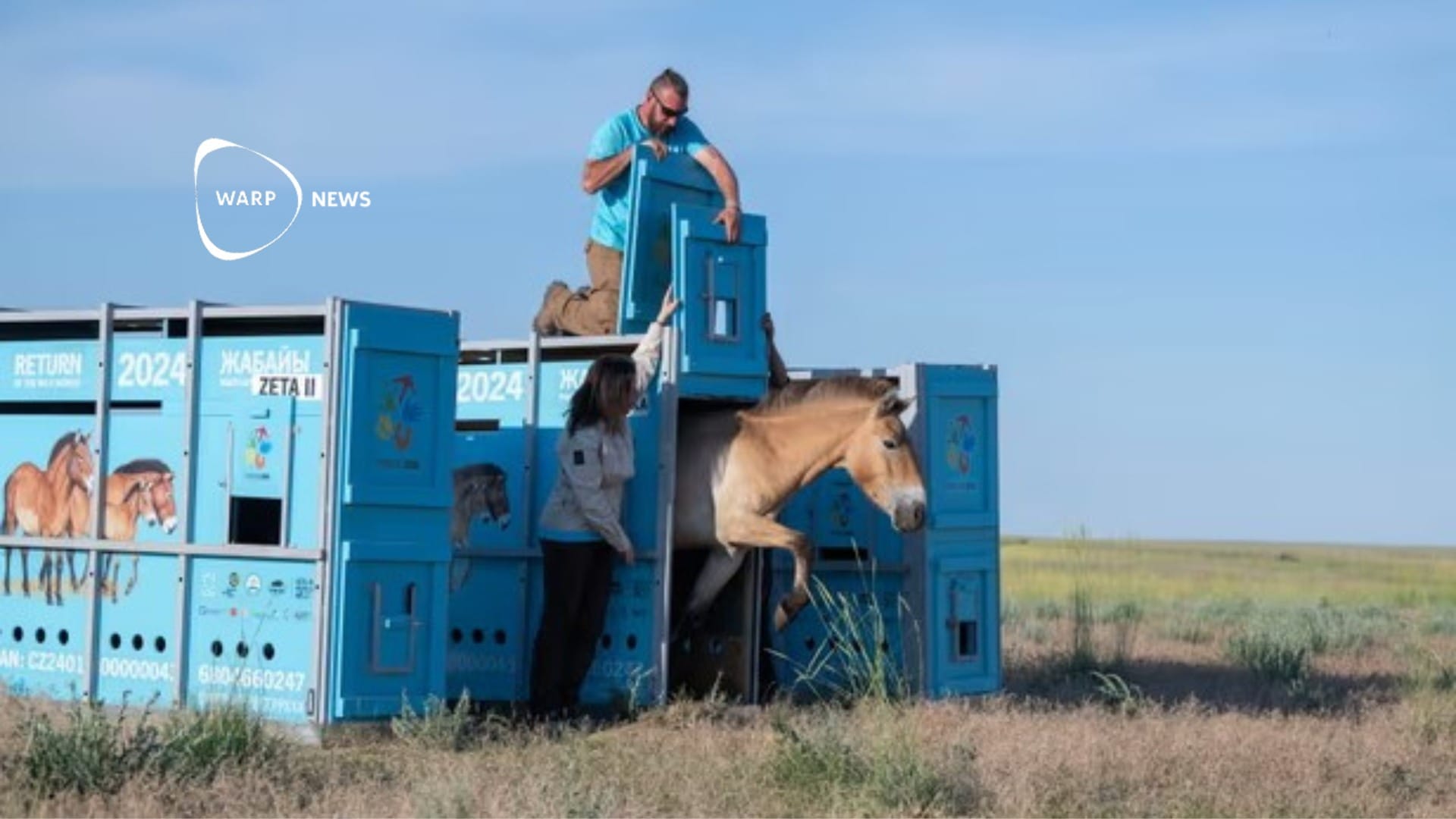
🐛 Another insect can help us with the plastic problem
The larva of a beetle has been shown to be able to live off and break down polystyrene plastic, colloquially called styrofoam.
Share this story!
Plastic is spreading to more and more places in nature and in the oceans, it is a particularly big problem. The plastic also stays for a long time as it degrades extremely slowly under normal conditions.
In recent years, however, progress has been made in finding ways to degrade plastic naturally, and in the past, various forms of bacteria and fungi that have been able to degrade plastic have been identified. In addition, larvae that can get their nourishment from plastic have been identified. Now another insect caterpillar is added to the list of species that can help us take care of our plastic problem.
The larva in question comes from the beetle Plesiophtalmus davidis and normally lives on rotten wood, but South Korean researchers have shown that it can just as easily live on polystyrene plastic (EPS), which in everyday speech is usually called styrofoam. It is a plastic that is unfortunately one of the worst when it comes to ending up in nature, as it is easily broken apart into small parts and is also very light, which means that it is easily spread by the wind.
The key lies in one of the bacteria found in the intestinal flora of the larva, a bacterium that goes by the name Serratia . So far, it is not known exactly how the degradation takes place, but the fact that the bacterium increases markedly in number when the larva receives EPS plastic for food is enough to indicate where the key to degradation is.
Plastic in our oceans and in nature is a major problem that also risks affecting us humans by ingesting microplastics from food and drink.
With the help of the new findings that come around breaking down plastics with the help of organisms, we are steadily moving forward on the road to solving the problem of the plastics that have been spread in nature in the last century. It is a profit and an important investment for both the environment and people.
By becoming a premium supporter, you help in the creation and sharing of fact-based optimistic news all over the world.


